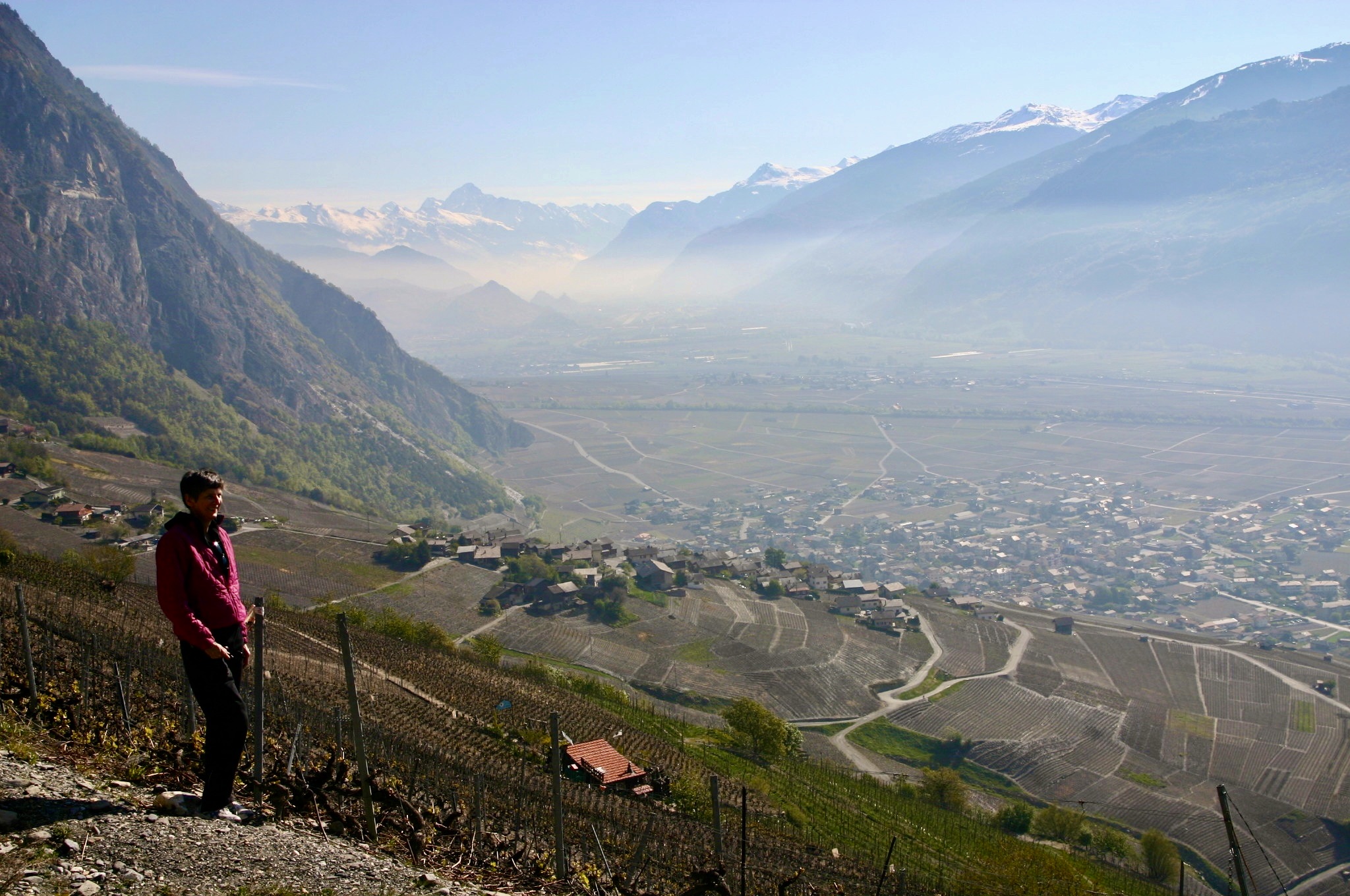 My dad, a former All American athlete, teacher and coach, has always maintained an active lifestyle and tried to stay in shape. In the past, he recovered from heart and hip surgery by walking regularly. Though his neuropathy has gotten progressively worse, he is not one to sit still, so I gave him walking sticks for his 83rd birthday and told him to set the trend in Sterling.
My dad, a former All American athlete, teacher and coach, has always maintained an active lifestyle and tried to stay in shape. In the past, he recovered from heart and hip surgery by walking regularly. Though his neuropathy has gotten progressively worse, he is not one to sit still, so I gave him walking sticks for his 83rd birthday and told him to set the trend in Sterling.
Since the 1930s, Nordic walking has been used as a means for cross country skiers to train during the summer months because it closely simulated the same movement. However it wasn’t until the late 90’s that pole walking or ski walking took off around the world.
When the activity first originated in Finland, people called it “dementia walking” because people thought walkers forgot their skis. The craze once laughed off as foolish nonsense has gone global. An estimated 3 million people practice pole walking regularly. Since 2004 over a fifth of the Finish population take part in the sport. http://www.onwf.org/
Now doctors are aboard, agreeing that it is one of the best forms of cardiovascular workout because it uses all muscle groups. They also recommend that it is ideal for those in cardiac recovery.
- Engages 90% of your body’s muscle
- Increases heart rate
- Burns more calories than ordinary walking
- Trims the waistline
- Improves posture
- Takes pressure off the feet, knees and back
- Proven to lower Body Mass Index in 12 weeks
Aerobic and anaerobic conditioning forms the core of the workout. Nordic walking requires muscular endurance, balance, range of motion, agility, coordination, efficiency of movement, and visual acuity. Pole walkers must focus forward not down, which helps improve posture. Some experts argue that ski walking provides more health benefits than walking, biking, jogging or running.
According to an article in American Journal of Preventive Medicine in 2013, “studies conducted by NCBI National Library of Medicine show that Nordic walking exerts beneficial effects on resting heart rate, blood pressure, exercise capacity, maximal oxygen consumption, and quality of life in patients with various diseases and can thus be recommended to a wide range of people as primary and secondary prevention.”
In the mountain villages one can see hikers of all ages using walking sticks. In our fitness courses, we teach Nordic walking to our high school students. It is particularly popular with long distance athletes whose joints can no longer take the pounding. When I told my friend Tina, an x runner, about it she immediately joined the movement.
Accolades aside, Nordic walking’s best health benefit is helping maintain a long, active life.
So, what are you waiting for? What better way to invest in your future?
Join Grandpa Jim and get fit.



 e the chalet’s front door is the date it was built. The old huts were remodeled to make mountain homes. As historical landmarks, any alteration must be approved by the Swiss government. Many have been restored, renovated and expanded, yet retain the original wood.
e the chalet’s front door is the date it was built. The old huts were remodeled to make mountain homes. As historical landmarks, any alteration must be approved by the Swiss government. Many have been restored, renovated and expanded, yet retain the original wood.








 One of the perks of living in Switzerland, a small country with such contrasting landscapes, is that within a few hours drive, you can enter what feels like another universe.
One of the perks of living in Switzerland, a small country with such contrasting landscapes, is that within a few hours drive, you can enter what feels like another universe.
 the mineral rich baths in one of the three pools with water at various temperature levels. Naturally, I like it hot, so I spent my time in the
the mineral rich baths in one of the three pools with water at various temperature levels. Naturally, I like it hot, so I spent my time in the 
